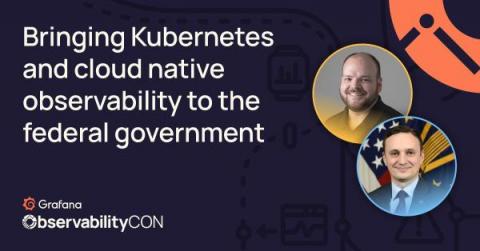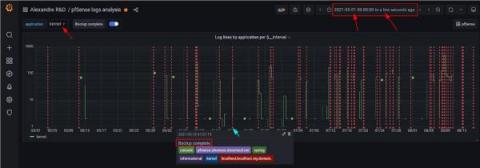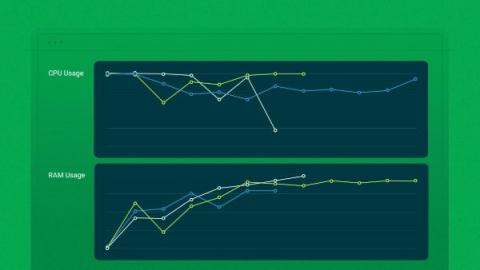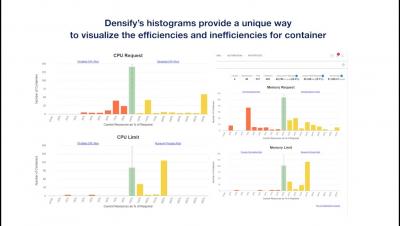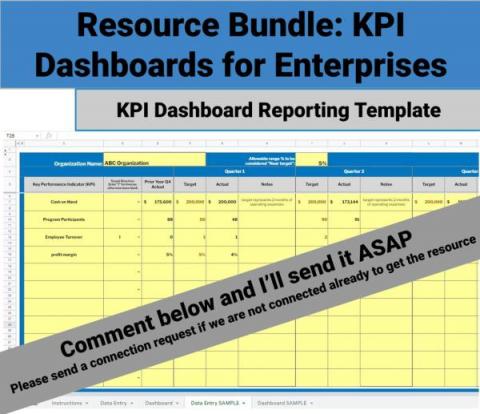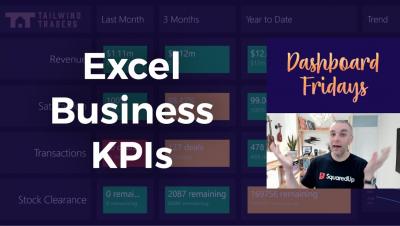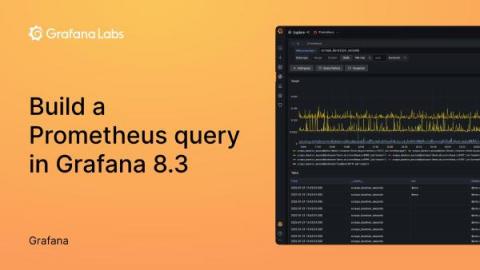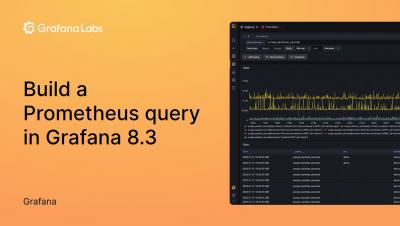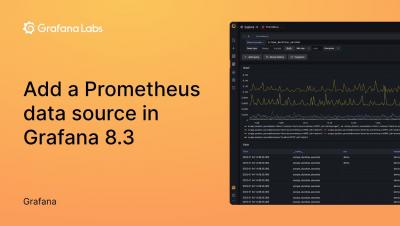A look at how the U.S. Department of Defense deploys the Grafana stack
In September 2021, the U.S. Department of Defense’s Iron Bank formally authorized Grafana, Grafana Enterprise, and Grafana Loki, allowing the 100,000 employees and contractors who work on DoD software, both classified and unclassified, to easily select and immediately deploy Grafana Labs software without additional approvals and security certifications. In our first-ever government session at ObservabilityCon 2021, former U.S.

